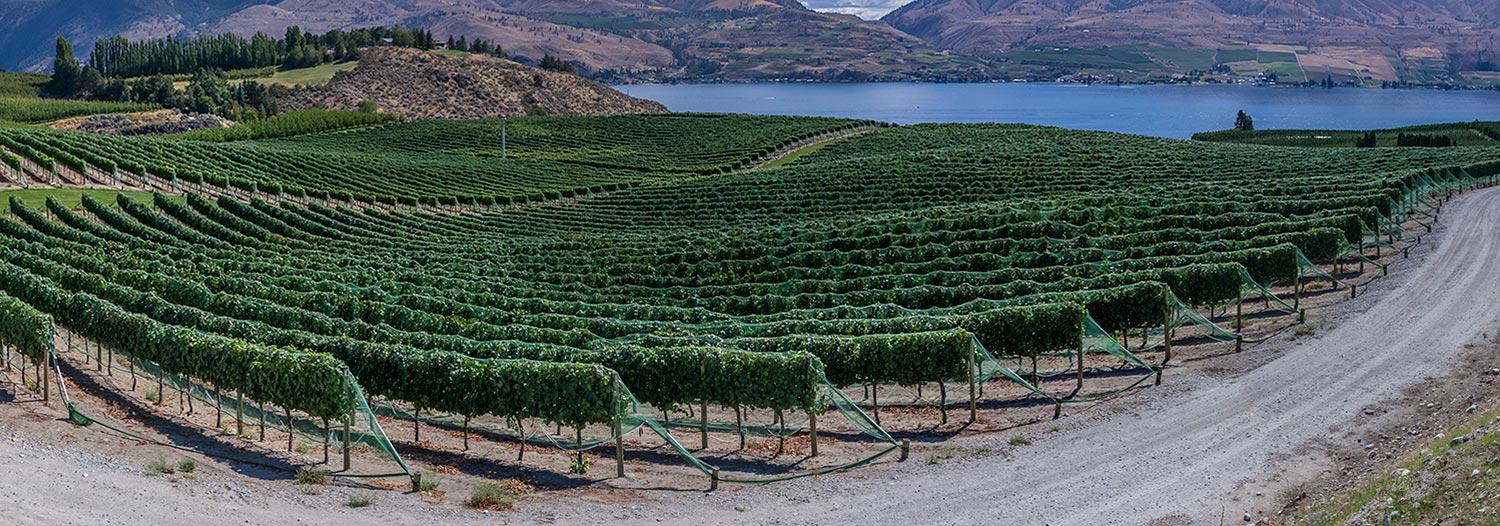Sub-Theme
Australian Collaborative Land Use and Management Program
Land use mapping in Australia is coordinated by the Australian Collaborative Land Use and Management Program (ACLUMP), a consortium of state and national agencies. Mapping is conducted at two scales: national scale and catchment scale. Land use is mapped according to the nationally agreed Australian Land Use and Management (ALUM) Classification, a three-tier hierarchical structure.
- National scale ...Read More »
Land use mapping in Australia is coordinated by the Australian Collaborative Land Use and Management Program (ACLUMP), a consortium of state and national agencies. Mapping is conducted at two scales: national scale and catchment scale. Land use is mapped according to the nationally agreed Australian Land Use and Management (ALUM) Classification, a three-tier hierarchical structure.
- National scale land use mapping is produced by ABARES using coarse-scale satellite data (pixel size of 1.1 square kilometres), ABS agricultural statistics and ground control point data for the agricultural land uses and various other digital maps, including the finer resolution catchment scale land use data, for the non-agricultural land uses. National scale (1:2 500 000) land use datasets have been compiled for 1992-93, 1993-94, 1996-97, 1998-99, 2000-01, 2001-02, 2005-06, 2010-11.
- Catchment scale land use mapping is produced by the state and territory agencies using land tenure and other types of land use data, fine-scale satellite data and information collected in the field. The operational scale of catchment scale land use mapping varies according to the intensity of land-use activities and landscape context. Mapping ranges from fine scale (1:10 000 to 1:25 000) for irrigated and peri-urban areas to coarser scales for cropping regions (1:100 000) and for the semi-arid and arid pastoral zone (1:250 000). Catchment scale mapping is compiled into a national raster (50m) dataset by ABARES as new datasets are available from the jurisdictions.
National Datasets in this Sub-Theme
Purpose
The way the land use used has profound effects on Australia's social and ecological systems. There is a strong link between changes in land use, and environmental, economic and social conditions. Land use information can support decision-making by governments, land managers and the agricultural sector. Land use information can be critical to developing effective responses to natural resource priorities, including biodiversity protection, sustainable and productive agriculture, water quality and quantity, climate adaptation, and food security.
Land use mapping has been coordinated by the Australian Collaborative Land Use and Management Program (ACLUMP) since 2000. During this time, ACLUMP has developed nationally consistent land mapping at catchment and national scales.
Dataset Uses
Land use information is used for;
Developing and monitoring environmental and agricultural policy.
Drought policy – mitigating effects of future drought and relief based on the response of land cover to prevailing weather patterns
Food security – mapping crop coverage and areas of potential agricultural use
Biosecurity – planning for disease/pest response. To understand risk based on the ability of a disease or pest to move across landscape. To understand land cover change as a response to pests.
Contraction and expansion of agricultural lands
Protection of agricultural land by accurately mapping changes in agricultural land over time
Management of forests, rivers, fisheries, catchments and agriculture by recording land cover extent and changes
Managing reefs, floodplains and environmental degradation by recording land cover extent and changes
Planning investment priorities for agriculture and natural resources management through provision of baseline of land cover
Location and change in irrigation areas
Weather modelling, climate modelling, mitigation and adaption planning
Land Cover and Land Cover Change data is used for Greenhouse Gas Inventory Reporting obligations (UNFCCC & Kyoto Protocol) and climate change initiatives
Providing land cover information to report on international agreements
Reporting extent and conversion of 6 IPCC land categories – forest land, crop land, grass land, settlements, wetlands and other lands
Monitoring national inventories of forests, endangered species, fuel loads and carbon sinks
Estimating biomass for carbon accounting, native vegetation mapping and agriculture
Land cover data provides input for ecological and climate modelling
Land Cover data provides input to risk assessments for the built environment in relation to sea level rise and adaptation
Land and ecosystem accounting by providing consistent and timely accounts of land cover, for example the National Plan for Environmental Information (NPEI), State of the Forests Report (SOFR) and System of Environmental-Economic Accounting (SEEA)
Providing base data sets for monitoring land use in the human managed land cover classes – including applications such as monitoring grassland, crop production and coverage, pasture extent, drought, biomass, land clearing, irrigation
Providing base data sets for mapping and monitoring land use, natural resources, water usage through vegetation response, groundwater dependent ecosystems, drought, evapotranspiration, biomass, groundwater dependent ecosystems, remnant vegetation, land degradation, native forest, plantation and forest extent
Providing land cover information to report on international agreements
Base line extents to allow for decisions regarding Land Use Competition and Regional Planning
Statutory and non-statutory land use planning (including peri-urban developments)
Mining developments
Strategic agricultural lands planning
Impact from built environment development
Transport planning and infrastructure
Energy infrastructure planning
Water infrastructure planning
Communication infrastructure planning
CO2 infrastructure assessment planning
Access and Licensing Details
Quality
National scale land use dataset
Verification of spatial and attribute data is complete but the data set has not been extensively tested. Verification took the form of a review, by state and territory land use mapping experts, of hard copy plots at 1:5 million scale of a near final version of the data set. Two plots were reviewed by each reviewer, one showing agricultural land uses at a high level of classificatory detail and one showing all land uses at a moderate level of classificatory detail. Criticisms were taken into account in the construction of the final version of the data set.
Catchment scale land use datasets
Original vector datasets have an attribute accuracy of 80 per cent or greater. Mapping ranges from fine scale (1:10 000 to 1:25 000) for irrigated and peri-urban areas to coarser scales for cropping regions (1:100 000) and for the semi-arid and arid pastoral zone (1:250 000).
Current Status
National scale land use datasets have been produced for 1992-93, 1993-94, 1996-97, 1998-99, 2000-01, 2001-02, 2005-06, 2010-11 and 2015-16. A dataset for 2020-21 is currently in production by ABARES.
The most recent national compilation of catchment scale data was the Catchment scale land use of Australia - Update December 2023 released in February 2024.
Catchment scale land use mapping was first completed for the continent in 2008 and most jurisdictions have remapped areas since then.
Future Status
Provide a nationally consistent land cover dataset which supports and delivers land cover information through the vertical and horizontal integration of the listed datasets. This will allow linking of location of these features across all themes.
Future national scale land use mapping past the 2020-21 map will be dependent on funding.
Catchment scale land use mapping is conducted by state and territory agencies, some of which have dedicated land use mapping programs, others map on an ad-hoc basis. ABARES compiles a national mosaic of catchment scale datasets annually using the most up-to-date information from the jurisdictions.


